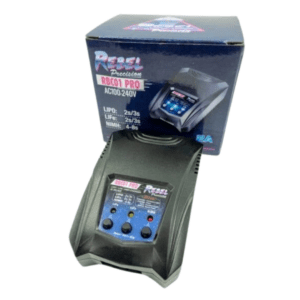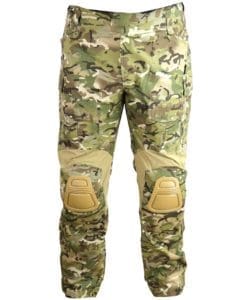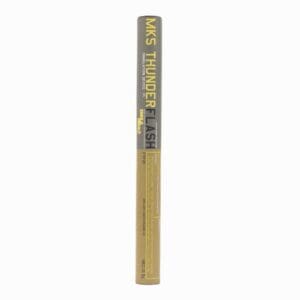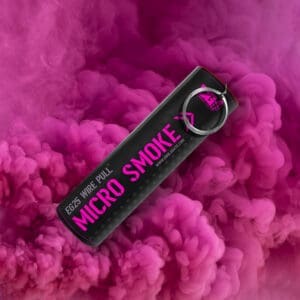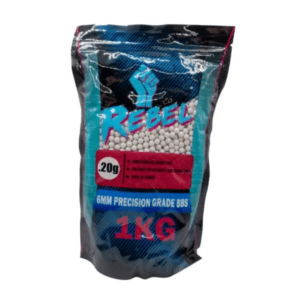Airsoft Restrictions
Airsoft Restrictions: Navigating the Rules of the Game
Airsoft, while an exciting and engaging sport, operates under a framework of restrictions designed to ensure safety, fair play, and legal compliance. These restrictions can vary depending on location, specific airsoft sites, and the type of airsoft gun being used. Understanding these limitations is crucial for all participants.
This article outlines the common types of restrictions encountered in airsoft.
Legal Restrictions
Laws regarding airsoft guns vary significantly from country to country and even within regions. Key legal restrictions often include:
- Age Limits: Most jurisdictions have age restrictions on purchasing and owning airsoft guns. In the United Kingdom, you generally need to be over 18 to purchase an airsoft gun. Those under 18 may be able to use them under adult supervision on private property or at approved clubs.
- Ownership and Licensing: Depending on the muzzle energy of the airsoft gun, it might be classified differently under the law. In England, Wales, and Scotland, airsoft guns are generally exempt from firearms legislation as long as they adhere to specific power limits (e.g., 1.3 Joules/374 FPS for automatic, 2.5 Joules/518 FPS for semi-automatic, using 0.20g BBs). Exceeding these limits can lead to the airsoft gun being classified as a firearm, requiring a license. Northern Ireland has a stricter limit of 1 Joule/328 FPS for all types of airsoft guns.
- Appearance and Markings: Some regions have regulations regarding the appearance of airsoft guns to distinguish them from real firearms. The UK’s Violent Crime Reduction Act (VCRA) 2006, for instance, stipulates that Realistic Imitation Firearms (RIFs) can only be purchased by individuals with a valid “defence,” such as being a registered airsoft skirmisher. Otherwise, airsoft guns must be at least 51% brightly coloured (two-toned).
- Transportation and Public Display: Carrying airsoft guns openly in public is generally prohibited. They should be transported in a case or bag to avoid alarming the public and potential legal issues.
- Permitted Usage Areas: Airsoft guns can typically only be used on private property with the landowner’s permission, at designated airsoft sites, or shooting ranges. Using them in public areas is often illegal and highly irresponsible.
- Sales Restrictions: Selling or renting airsoft guns to individuals under the legal age is strictly prohibited.
Site-Specific Restrictions
Airsoft sites will have their own set of rules and restrictions to ensure player safety and fair gameplay. These often include:
- Velocity Limits (FPS/Joules): Airsoft sites enforce strict velocity limits for different types of airsoft guns to manage the impact force of BBs. Common limits in the UK might be around 350 FPS for AEGs, 400-450 FPS for DMRs (Designated Marksman Rifles), and 500 FPS for bolt-action sniper rifles (all measured with 0.20g BBs). Some sites measure power in Joules.
- Minimum Engagement Distances (MED): To prevent injuries from very close-range shots, sites often implement Minimum Engagement Distances based on the power of the airsoft gun. Higher-powered guns like sniper rifles typically have longer MEDs (e.g., 20-30 meters or more). If a player with a high-powered weapon encounters an opponent within the MED, they must usually switch to a lower-powered secondary weapon (like a pistol).
- Firing Modes: Some sites may restrict the use of full-automatic firing modes in certain areas or for specific types of weapons.
- Ammunition Restrictions: Sites may mandate the use of specific BB weights or even biodegradable BBs for environmental reasons.
- Pyrotechnics and Smoke Grenades: The use of pyrotechnics and smoke grenades might be restricted or require specific authorization due to safety concerns.
- Conduct and Fair Play: Sites have rules regarding player conduct, hit-calling, and general sportsmanship to ensure a positive experience for everyone.
- Safe Zones: Specific rules apply in designated safe zones, such as mandatory safety engagement on airsoft guns and the removal of magazines. Eye protection often remains mandatory even in safe zones on some sites.
Equipment Restrictions
Beyond the legal and site-specific velocity limits, there might be restrictions on the equipment used:
- Real Firearm Parts and Modifications: Some sites or legal jurisdictions may prohibit the use of real firearm parts or modifications that make airsoft guns appear more realistic or could potentially convert them.
- Laser and High-Intensity Lights: The use of powerful lasers that could cause eye damage might be restricted.
- Magazine Capacity: Some milsim (military simulation) events might impose restrictions on magazine capacity to promote more realistic gameplay.
Understanding and Adhering to Restrictions
It is the responsibility of every airsoft participant to be aware of and comply with all applicable legal, site-specific, and equipment restrictions. Failure to do so can result in:
- Safety hazards and injuries.
- Being banned from airsoft sites or events.
- Potential legal consequences.
Before participating in airsoft, always:
- Research the local laws and regulations regarding airsoft guns.
- Thoroughly review and understand the rules of any airsoft site or event you attend.
- Ensure your airsoft equipment complies with all relevant restrictions.
- Ask organizers or experienced players if you have any questions about the rules.
By respecting and adhering to airsoft restrictions, players can contribute to a safer, fairer, and more enjoyable sport for everyone involved.


